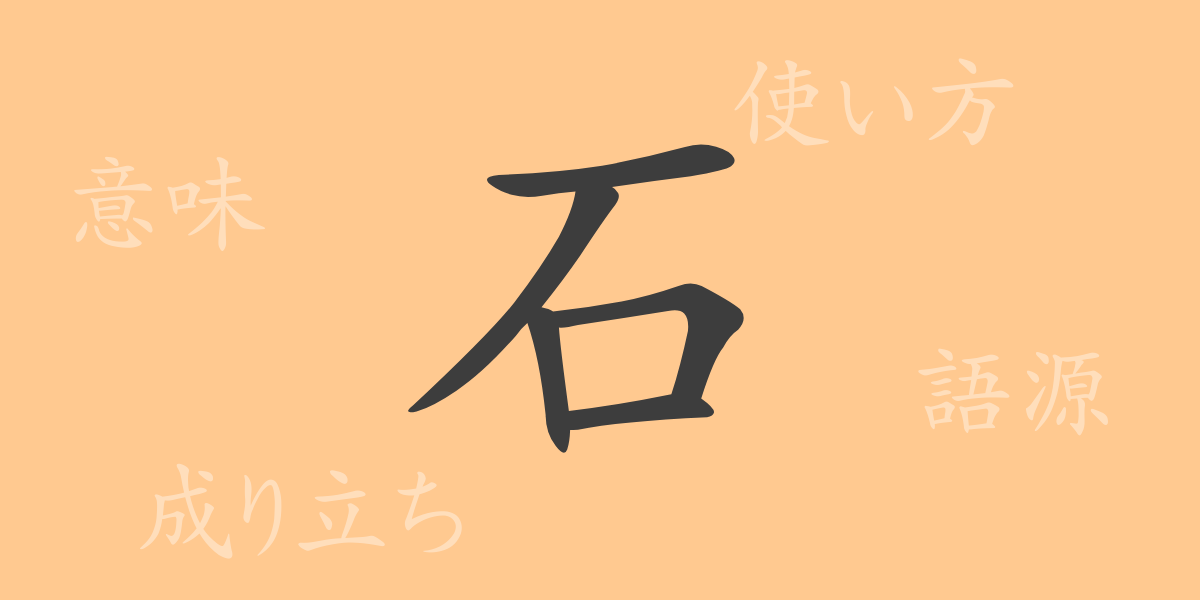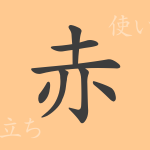The richness of the Japanese language is greatly shaped by its complex and meaningful kanji system. Among these, ‘石’ (いし) is a kanji that permeates our daily lives, from literature to proverbs, manifesting in various forms. This article explores the kanji ‘石’, from its origins to its contemporary uses, delving into its meanings, applications, readings, and the idioms and proverbs associated with it, uncovering its profound allure.
Origins of 石
The kanji ‘石’ traces its roots to ancient Chinese oracle bone script, where it depicted stones embedded in the ground. Initially represented as ‘靜’, it evolved in seal script to include a small round stone above a larger one. The character not only literally means ‘stone’ but also symbolizes durability and permanence.
Meaning and Usage of 石
‘石’ extends beyond merely denoting a hard, rocky substance. It appears in words like ‘石油’ (oil) and ‘宝石’ (gemstone), indicating various valuable materials. It also serves metaphorically in phrases like ‘心が石のよう’ to describe unyielding or unfeeling natures, showcasing its diverse applications.
Readings, Stroke Count, and Radical of 石
The kanji ‘石’ is noted for its straightforward yet potent structure, making it one of the more memorable characters.
- Readings: On’yomi include ‘セキ’ and ‘シャク’, while kun’yomi is ‘いし’.
- Stroke Count: It consists of 5 strokes.
- Radical: Its radical is 石部 (いしへん).
Idioms and Proverbs Using 石
Idioms and proverbs containing ‘石’ are prevalent in Japanese, each reflecting certain aspects of Japanese values or behaviors. For instance, ‘石の上にも三年(いしのうえにもさんねん)’ suggests that perseverance will eventually be rewarded, while ‘一石二鳥(いっせきにちょう)’ means achieving two benefits with one action. ‘石橋を叩いて渡る(いしばしをたたいてわたる)’ illustrates cautiousness, indicative of a prudent approach.
Conclusion on 石
‘石’ has played a significant role in human lives since ancient times. This kanji imparts a strong presence and holds various meanings within the language, its durability and value echoed through numerous idioms and proverbs, illustrating the richness of Japanese. Through this single character, we can glimpse aspects of Japanese thought and culture.

























